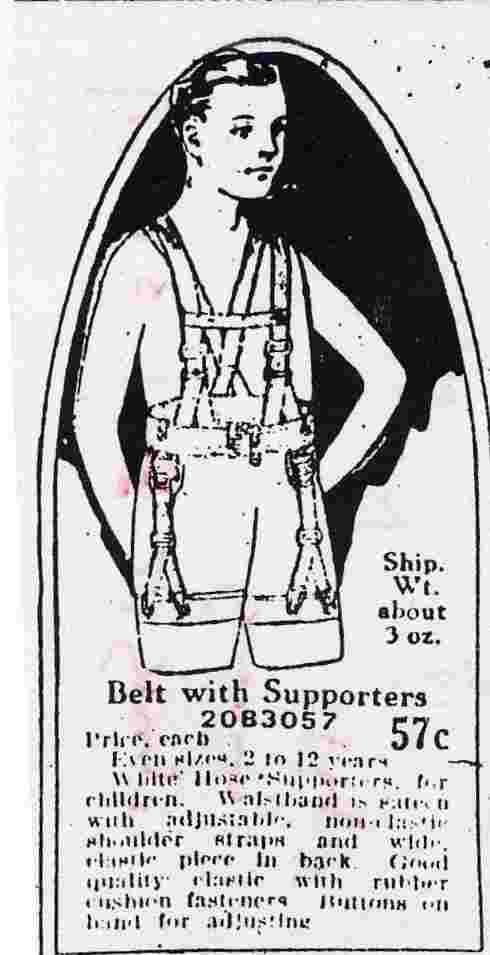
Figure 1.--Here is the ad from the 1921 Wards Spring-Summer catalog offering a waist. The principal function of the waist was to hold up long stockings. |

|
Here Wards offers a version of "Dr. Parker's waist" in their Spring and Summer catalog for 1921 (p. 168). The ad copy does not actually use the term Dr. Parker's waist, but the design is basically the same as that shown in the Eaton's 1910-18 ad, which does use the term. It may be that Parker never bothered to secure a patent for the waist he designed since his aim was public health more than financial profit. the waist here seems to be designed to both hold up pants (trousers) and long stockings.
Although the word "consumerism" has a modern ring, it was personal concern for an early consumer movement, the "National Grange of the Patrons of Husbandry," That inspired a young traveling salesman named Aaron Montgomery Ward to start the world's first general merchandise mail-order company in 1872. Aaron Montgomery Ward was born on February 17, 1844, in Chatham, New Jersey, to a family whose forebears had served as officers in the French and Indian Wars as well as in the American Revolution. He helped launch a revolutiin in retailing. The plan shaping in Ward's mind was to buy goods at low cost for cash. By eliminating intermediaries, with their markups and commissions, and cutting selling costs to the bone, he could offer goods to people, however remote, at appealing prices - for cash. Since its founding in 1872, the company has literally "grown up with America" and has had a major impact on the shopping habits of a
nation of consumers. Montgomery Ward & Co. discontinued its catalog operations in 1985 as part of its restructuring effort to change itself into a modern, competitive chain of value-driven specialty stores, a move which for a time saved the company. week.
The waist or waist suit is a support garment. Historically children’s waists had multiple functions—the holding up of various garments such as underpants or panties, skirts, short trousers, and long stockings. Gradually the principal function became the support of long stockings although some of the later models still continued to provide waist buttons for other functions. We note a variety of bodices or underwaists which have more or less the same function--a garment to support other clothing (shorts, skirts, garters, stockings, underpants, etc.). The terminology for waists and associated garments can be confusing. We note both types of waists as well as different names for the same garment as well as different terms in various countries. These were garments for children and women. I suppose the "liberty bodice" is the British equivalent of the German "Leibchen" and of the American "waist".
The model here is an older boy, apparently about 11 or 12 years old. The ad copy reads: "Belt with Supporters 2083057. Ship Wt. about 3 oz. Price 57 c. Even sizes 2 to 12 years. White hose supporters for children. Waistband is sateen with adjustable non-elastic shoulder straps and wide elastic piece in back. Good quality elastic with rubber cushion fasteners. Buttons on band for adjusting." Note the cross-straps on the back. The stockings seem to be quite long and the supporters correspondingly short. In this image the boy's underwear is omitted from the illustration so as to show the construction of the garter waist front and back, but boys in 1921 wore both short and long underwear with long stockings depending on the season. One might suppose that the underwear would be short in this instance since the catalogue is for spring and summer. The supporters have "rubber cushion fasteners"--a signal advance over the
earlier 19th-century technology of using metal buttons on the supporter clasps which tended to damage and tear the tops of the stockings.
Long stockings were once made to about knee level. In fact there was little diffference between early long stockings and turn-over-top kneesocks. Long stockings by the 1920s, however, were being made much longer. This was because boys had begun wearing short pants and girls shorter skirts. Note how high the long stockings are shown as in the attached image. Here we are not sure if the long stockings were actually that high or if the illustration was just drawn that way to reduce the vertical size of the illustration.
Navigate the Boys' Historical Clothing Web Site:
[Ring Bearers]
[Long hair]
[Ringlet curls]
[Hair bows]
[Bangs]
[Flat caps]
[Sailor hats]
[Sailor Hats]
[Collars]
[Bows]
[Blouses]
[Buster Brown suits]
[Eton suits]
[Sailor suits]
[Knee pants]
[Knickers]
[Short pants]
[Kilts]
[Eton suits]
[Rompers]
[Tunics]
[Long stockings]
[Knee socks]
[Smocks]
[Waists]
Navigate the Boys' Historical Clothing Web Site:
[Return to the Main U.S. 1921 catalog page]
[Introduction]
[Activities]
[Biographies]
[Chronology]
[Cloth and textiles]
[Clothing styles]
[Countries]
[Topics]
[Bibliographies]
[Contributions]
[FAQs]
[Glossaries]
[Satellite sites]
[Tools]
[Boys' Clothing Home]
